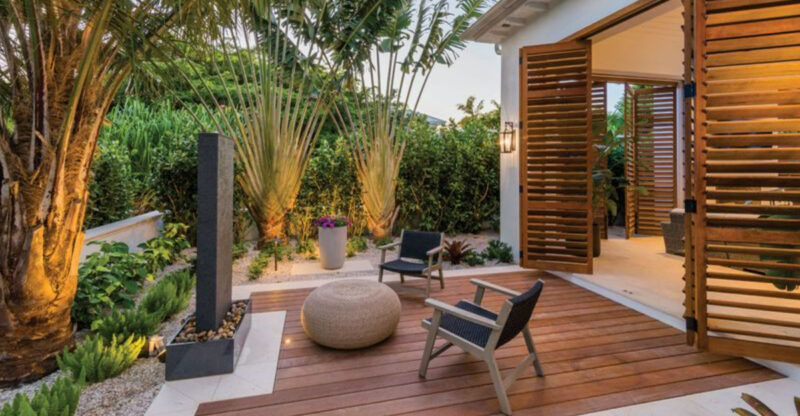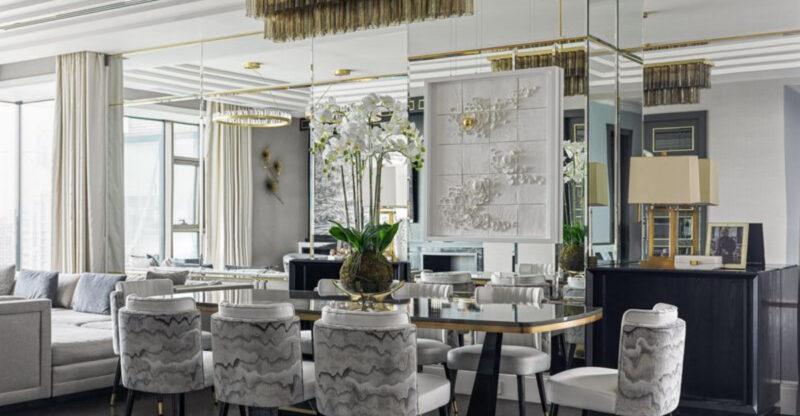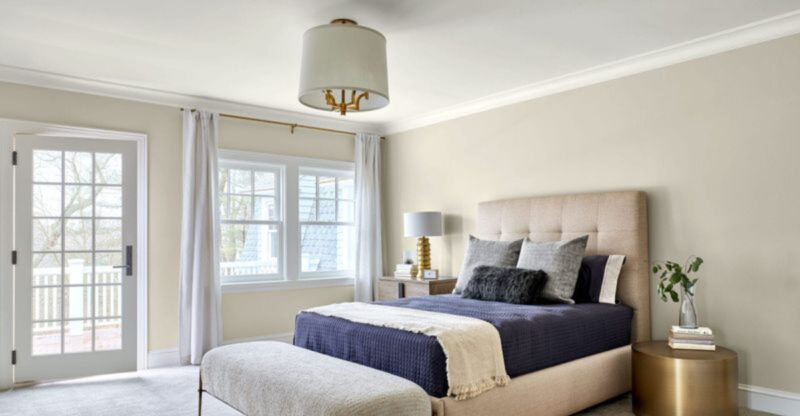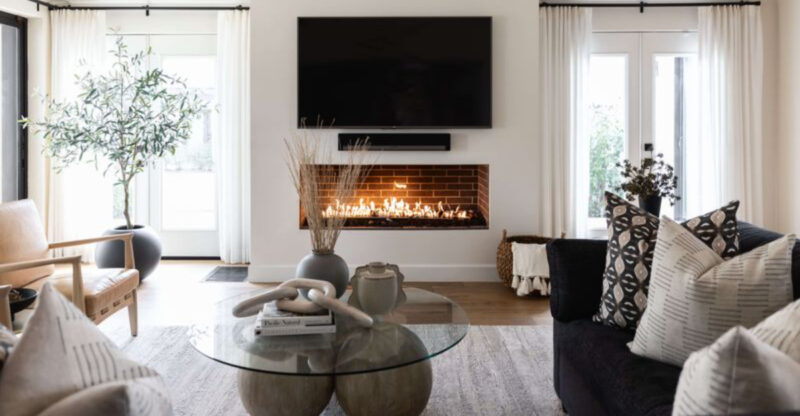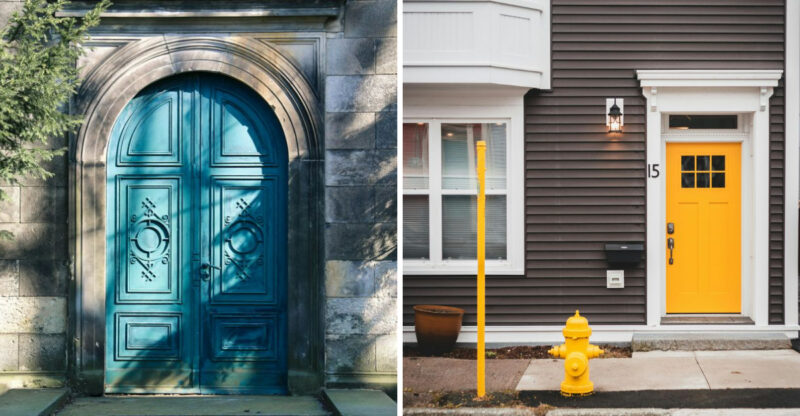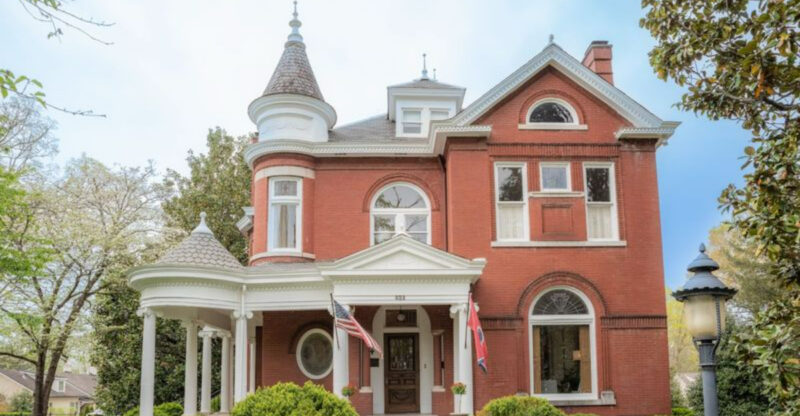Experts Predict These 12 Las Cruces Architecture Trends Won’t Last The Decade
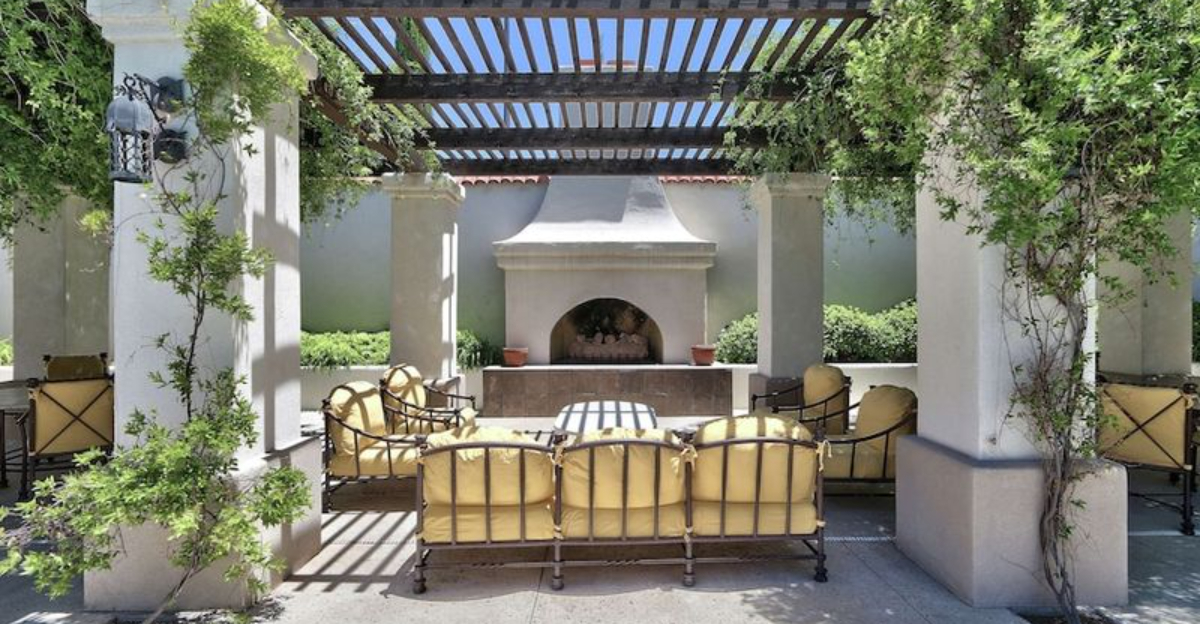
Las Cruces architecture has always blended traditional Southwest styles with modern influences.
Recently, certain design elements have become wildly popular across residential and commercial buildings in our desert city. But according to local architects and designers, not all these trends have staying power.
Some features that seem cutting-edge today might look dated by 2030, while others simply don’t function well in our unique climate.
1. Overdone Pueblo Revival Adobe Facades
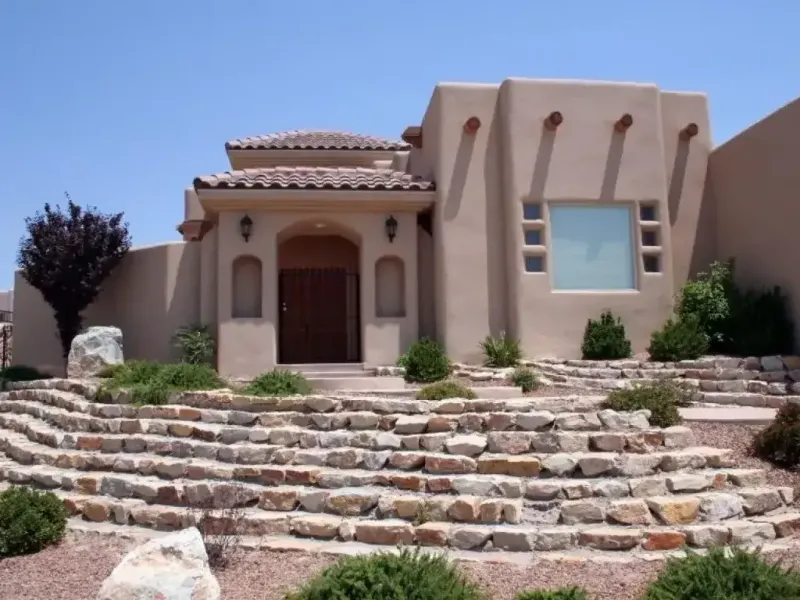
Las Cruces homeowners have embraced faux adobe facades with almost religious fervor. The chunky, rounded corners and earth-toned stucco create that quintessential Southwest look many residents crave. But architects warn we’ve reached peak adobe saturation.
Many newer installations lack the authentic craftsmanship that makes true adobe beautiful. Instead, they’re slapped onto cookie-cutter homes with little regard for proportion or historical accuracy. The trend has become a caricature of itself.
As construction costs rise, these labor-intensive facades will likely give way to simpler designs that incorporate adobe elements more thoughtfully rather than covering entire exteriors. Look for adobe accents rather than full treatments to become the new standard by 2025.
2. Faux Stucco Corinthian Columns
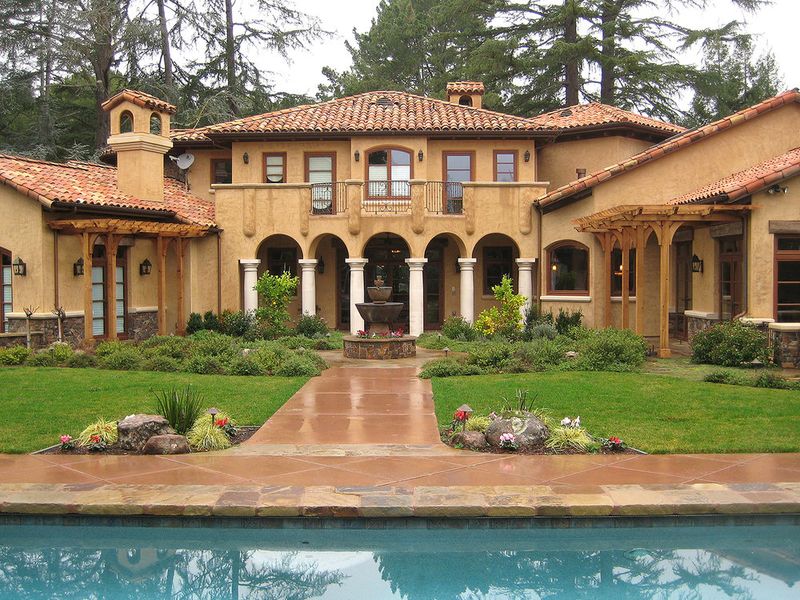
Walking through certain Las Cruces neighborhoods feels like taking a confused architectural tour. Mediterranean-inspired columns have mysteriously appeared on Southwest-style homes, creating bizarre style mashups that local designers cringe at.
These ornate columns, often made from foam cores covered in synthetic stucco, rarely match our region’s architectural heritage. They’re typically poorly proportioned and deteriorate quickly under our harsh sun. The desert climate shows no mercy to these out-of-place elements.
Forward-thinking architects predict a return to regionally appropriate supports simple wooden posts, traditional vigas, or minimalist metal columns that complement our landscape rather than fighting against it. This shift will better honor Las Cruces’ authentic architectural language.
3. All‑beige Exteriors
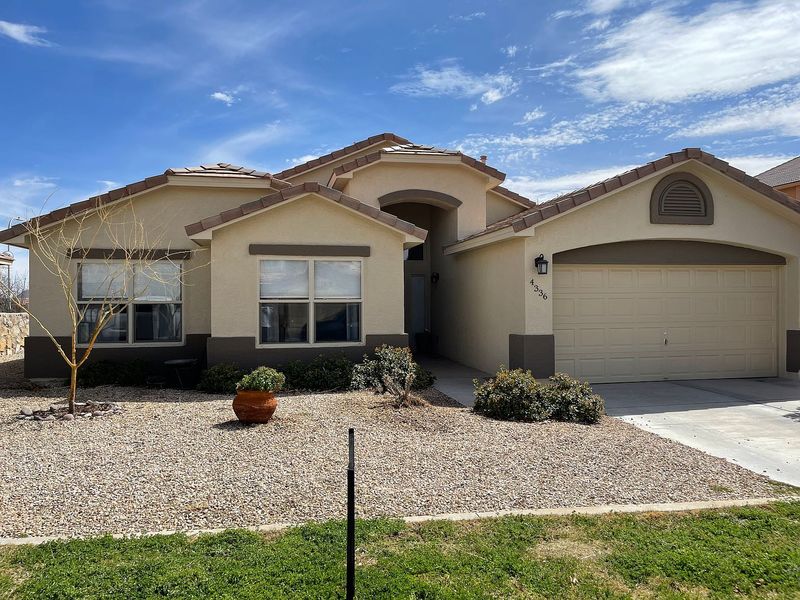
Driving through newer Las Cruces developments reveals a sea of sameness block after block of beige homes blending into the desert. This ultra-safe color choice gained popularity because it hides dust and supposedly complements our landscape.
What started as a practical choice has morphed into a bland uniformity that strips neighborhoods of character. Designers note that beige-on-beige-on-beige creates visual fatigue and makes homes indistinguishable from one another.
The pendulum is already swinging toward thoughtful color integration. White walls with colorful doors, subtle earth-toned accent walls, and strategic use of local stone are emerging as more sophisticated alternatives. These approaches honor our desert palette while adding much-needed visual interest to our streetscapes.
4. Ceramic Tile Entry Stairs
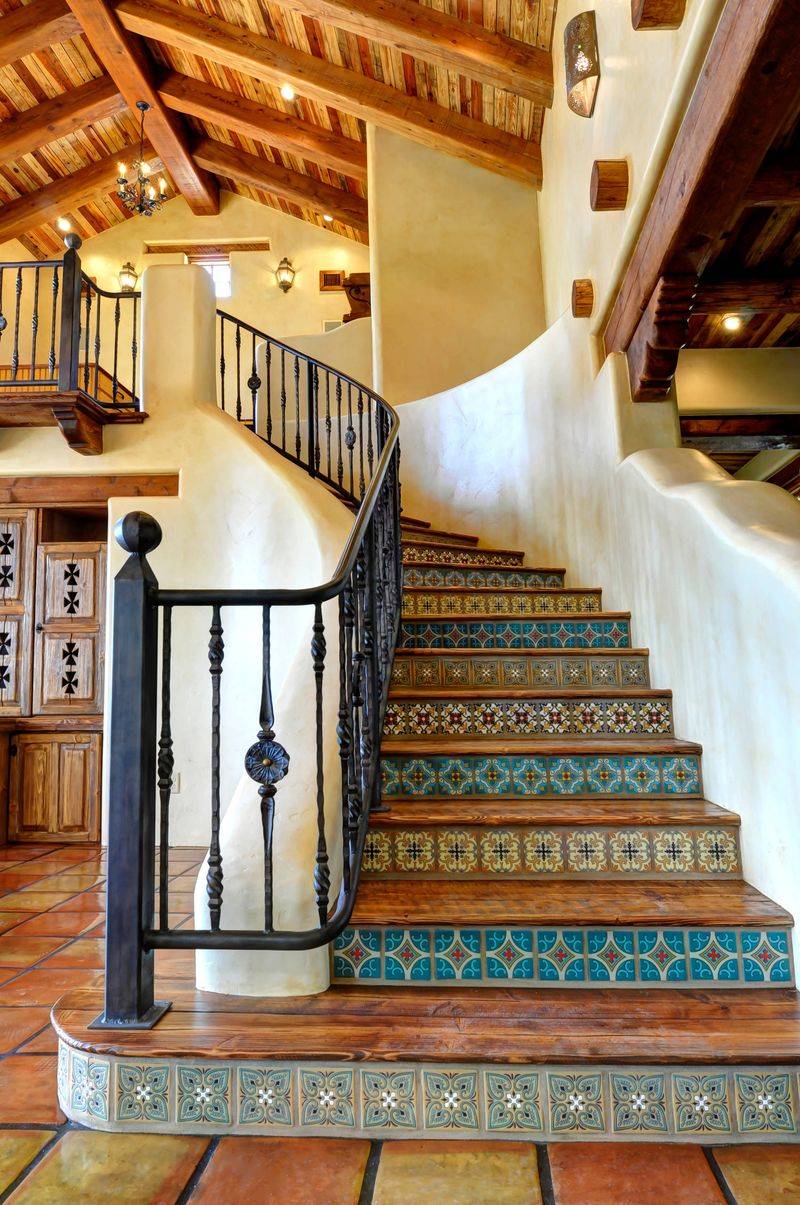
Those glossy ceramic tiles covering entry staircases looked impressive in the showroom. In reality, they’ve become a slippery hazard during our rare but significant rainstorms. I’ve witnessed too many near-falls on these treacherous surfaces.
Beyond safety concerns, these tiles often crack under temperature fluctuations that define our climate. The extreme heat of summer followed by winter’s chill creates expansion and contraction that few adhesives can withstand. The result? Unsightly loose tiles and costly repairs within just a few years.
Local builders are already transitioning to textured concrete, natural stone with rough finishes, or specialized outdoor porcelain with slip-resistant surfaces. These materials maintain the desert aesthetic while providing much-needed traction and durability for our entryways.
5. Heavy Overhangs with Minimal Support
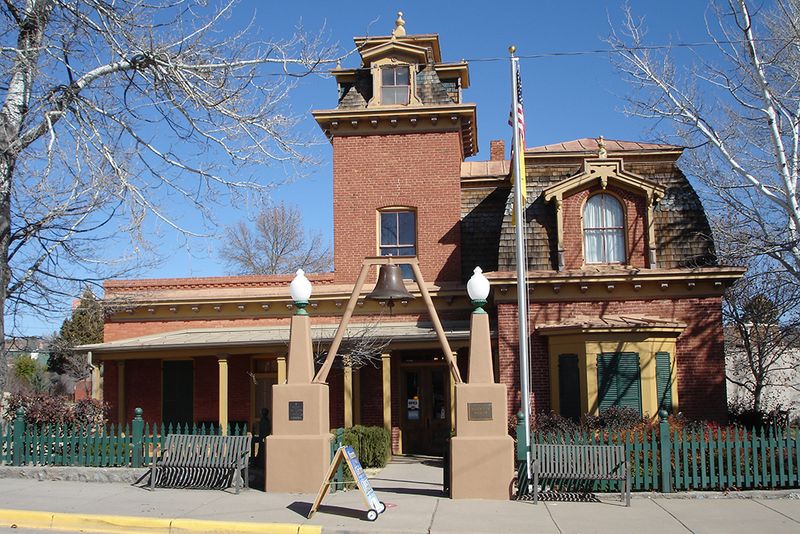
Ambitious roof overhangs have become a status symbol in upscale Las Cruces neighborhoods. These dramatic extensions create welcome shade but often rely on inadequate support systems that worry structural engineers.
Our region’s occasional high winds put these architectural features to the test. The problem isn’t just potential failure it’s the visual disconnect between massive horizontal planes and spindly supports that defy visual logic. The proportions simply don’t make sense to the human eye.
Architects predict a shift toward more honest structural expressions where support elements match the visual weight they carry. This means thicker columns, more frequent supports, or simply more modest overhangs that don’t require engineering gymnastics. The result will be more harmonious proportions and fewer wind-damaged rooflines.
6. Formal Courtyard Layouts

Symmetrical, rigid courtyards with perfect geometry have captivated Las Cruces homeowners seeking that classic hacienda feel. Though beautiful in theory, these formal spaces often sit empty because they prioritize appearance over comfort in our climate.
The problem lies in their inflexible design. Without adaptable shade features or consideration for how the sun tracks across our properties, these courtyards become unusable during summer months. Their rigid layouts also make furniture arrangement challenging, resulting in awkward social spaces.
Designers are advocating for more flexible courtyard concepts with movable shade elements, asymmetrical layouts that create natural conversation areas, and strategic plantings that respond to seasonal needs. This shift acknowledges that outdoor living in the desert requires adaptability rather than rigid formality.
7. Faux Wood Window Trim
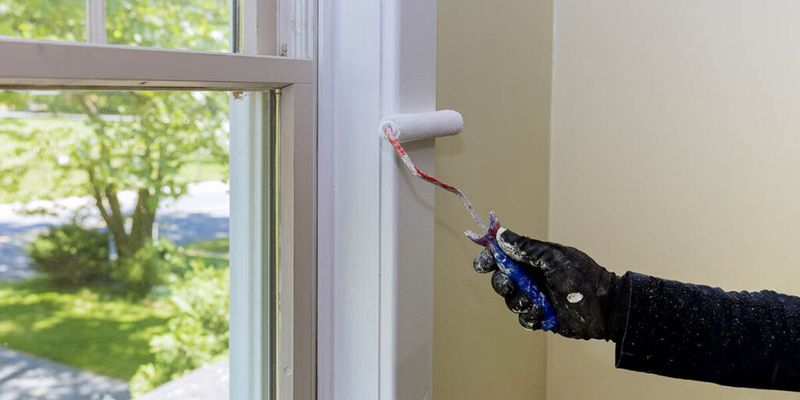
Vinyl and foam window trim designed to mimic wood has flooded Las Cruces homes in recent years. Initially, these materials seemed like clever solutions to our harsh climate where real wood requires constant maintenance.
Reality has proven less impressive. After just a few years of intense sun exposure, these synthetic materials often warp, fade unevenly, or develop an artificial sheen that makes them look obviously fake. The desert sun is unforgiving to petroleum-based products pretending to be natural materials.
Forward-thinking builders are returning to either genuine wood (properly sealed and maintained) or honest alternatives like metal trim that don’t pretend to be something they’re not. This shift toward material authenticity reflects a growing appreciation for how buildings age in our unique environment.
8. Obscure Glass Block Accents
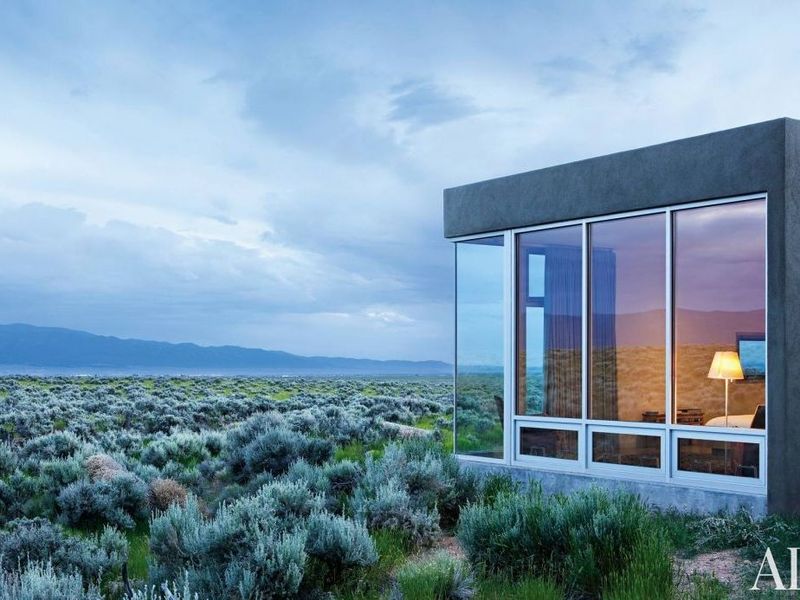
Glass block walls and accents enjoyed a surprising revival in Las Cruces construction over the past decade. These translucent elements create interesting light patterns while maintaining privacy, which initially seemed perfect for desert living.
However, the aesthetic has quickly become dated. The geometric patterns feel increasingly reminiscent of 1980s design rather than timeless Southwest architecture. Worse yet, these installations trap heat and create maintenance challenges when the inevitable dust works its way between blocks.
Architects are now favoring cleaner solutions like frosted glass panels, strategic skylights, or traditional clerestory windows that accomplish the same light-diffusing goals without the retro baggage. These alternatives provide more design flexibility while better integrating with our regional architectural language.
9. Built-in Seating Under Every Window
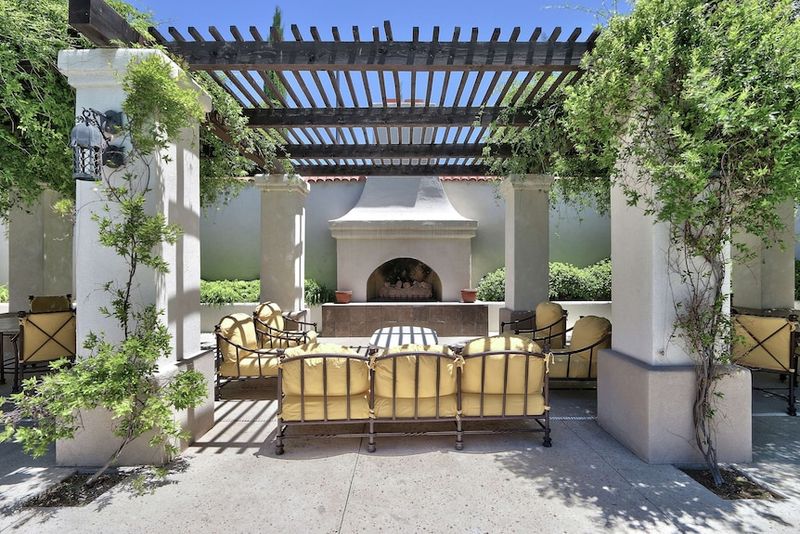
Built-in window benches have multiplied across Las Cruces homes like desert wildflowers after rain. These architectural features promise cozy reading nooks and extra seating without consuming floor space.
In practice, they’ve become dust-collecting dead zones that homeowners rarely use. The fixed dimensions often prove uncomfortable for actual sitting, and their placement doesn’t always consider natural light patterns or views. Many end up as glorified shelves for decorative pillows that nobody actually sits against.
Designers anticipate a move toward more selective placement of built-ins where they truly make sense perhaps in breakfast nooks or specific reading corners rather than underneath every available window. This approach preserves flexibility for furniture arrangement while still providing those charming architectural moments where they’ll actually be appreciated.
10. Oversized Desert-Themed Murals
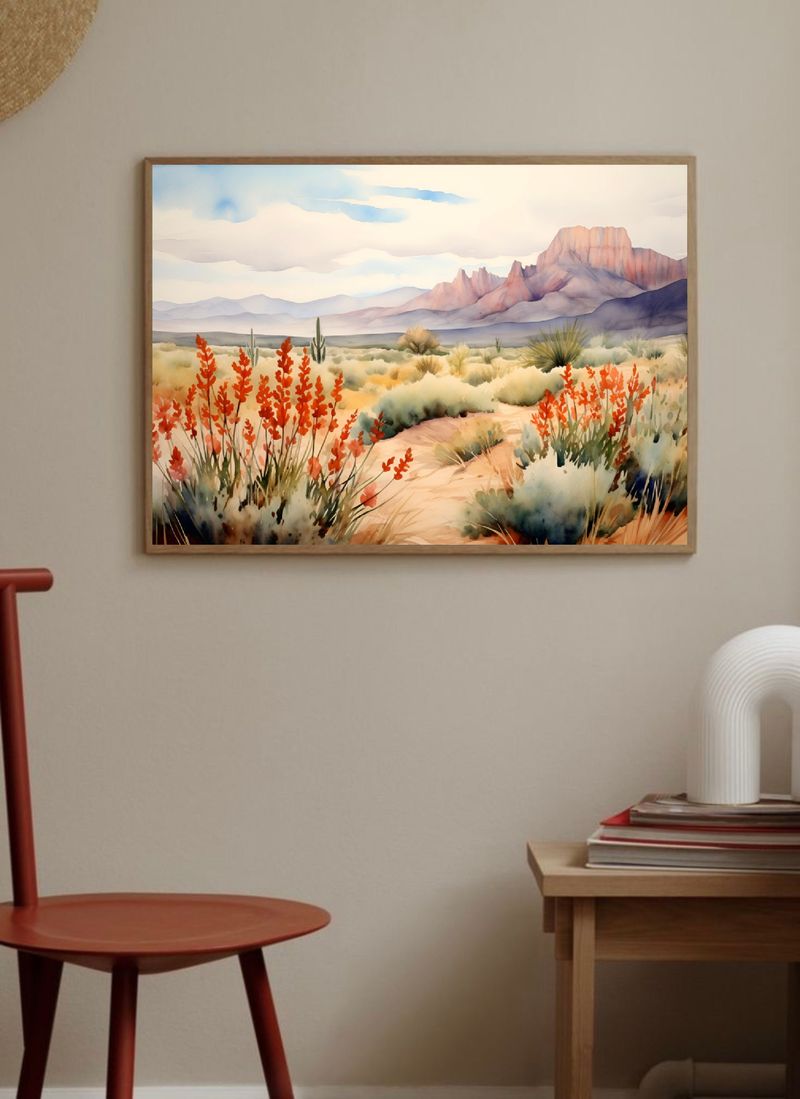
Giant kokopellis, howling coyotes, and sunset landscapes have claimed entire walls in Las Cruces homes. These enormous painted scenes attempt to bring the outdoors inside through literal representation rather than subtle design.
The problem isn’t just their size but their permanence. Unlike artwork that can be changed as tastes evolve, these painted murals represent significant commitments that quickly feel dated or overwhelming. They also tend to limit furniture placement and other design decisions throughout the space.
Interior designers predict a shift toward more sophisticated desert references textural elements, carefully placed artwork, or architectural features that frame actual views of our beautiful landscape. This approach honors our regional identity without freezing it in painted form that future homeowners will likely paint over.
11. Synthetic Turf Front Yards
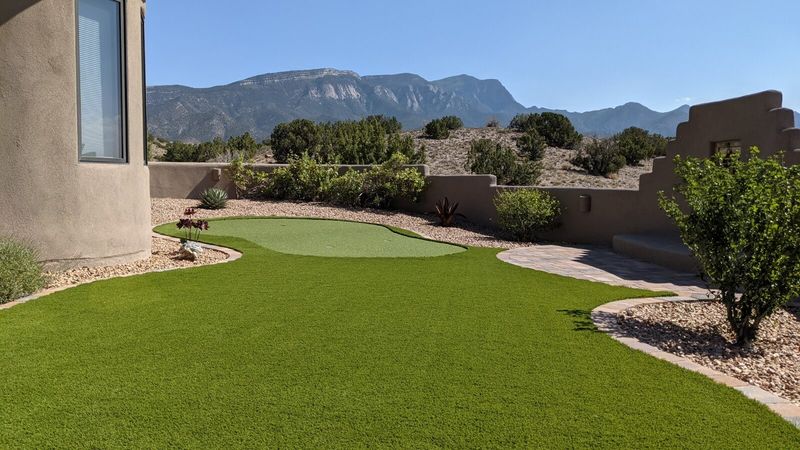
Artificial grass promised Las Cruces homeowners the impossible dream: lush lawns without desert-draining water bills. The early installations looked promising vibrant green rectangles contrasting beautifully with our earth-toned architecture.
Time has revealed the downsides. These synthetic surfaces heat up dramatically during summer, creating mini heat islands that radiate warmth toward homes. Many older installations have developed strange wear patterns or faded unevenly, creating an uncanny valley effect that looks neither natural nor intentionally artificial.
Landscape designers are guiding homeowners toward more sophisticated xeriscaping that embraces our native environment strategically placed desert plants, thoughtfully arranged gravel patterns, and hardscape elements that create visual interest without pretending to be something from wetter climates. This authentic approach connects our homes to their true place.
12. Interior Popcorn Ceilings
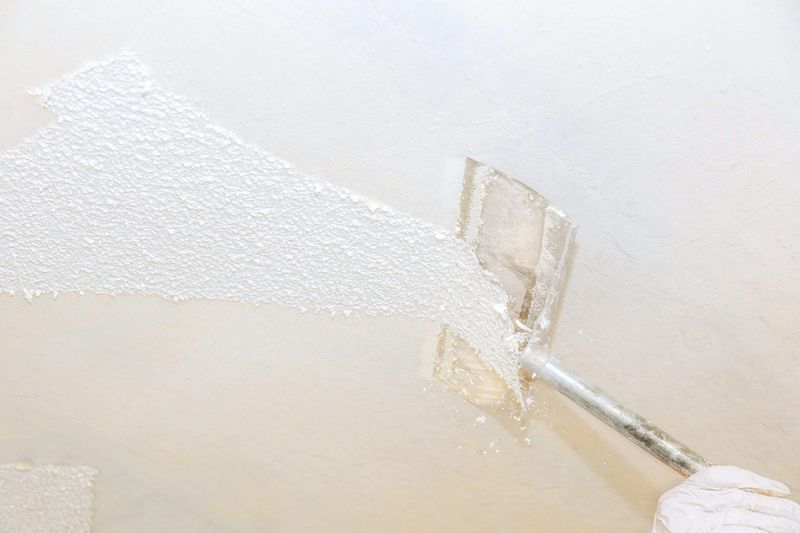
Somehow, popcorn ceilings have persisted in new Las Cruces construction despite being universally disliked. Builders claim these textured surfaces hide imperfections and dampen sound, but their continued use seems more about cutting corners than practical benefits.
Beyond their dated appearance, these surfaces collect dust in our desert environment at an alarming rate. The irregular texture makes cleaning nearly impossible, turning ceilings into suspended dust repositories that affect indoor air quality.
The good news? Smooth ceilings are making a decisive comeback in new construction, while existing homes are increasingly scheduling popcorn removal services. Modern alternatives like subtle hand-troweled textures or simple flat finishes provide cleaner looks while still managing acoustics through other means. This shift represents a victory for both aesthetics and practicality.

